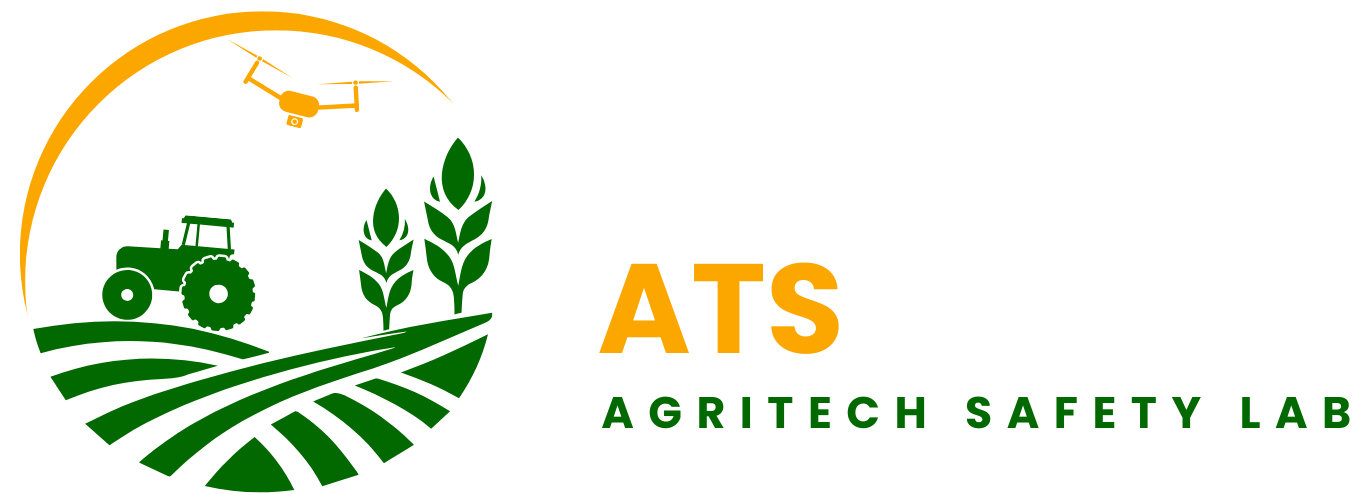As climate change drives rising temperatures and more frequent extreme weather events, agricultural workers face an increasing risk of heat-related illnesses (HRI). To combat this challenge, we are developing affordable and accessible advanced tools designed to predict, prevent, and mitigate HRI risks.
Heat-Related Illness Prevention
Protecting Agricultural Workers from Heat Stress
Agricultural workers are at high risk for heat-related illnesses (HRI) due to prolonged exposure to high temperatures, direct sunlight, and strenuous physical activity. Heat stress can lead to heat exhaustion, heatstroke, and long-term health complications, impacting both worker safety and productivity.
Our research focuses on developing strategies to predict, monitor, and mitigate heat-related risks for farmworkers. This includes environmental monitoring, predictive modeling, and intervention strategies based on real-world data.
Key Research Areas
To ensure accurate and continuous assessment of microclimatic conditions in agricultural environments, a comprehensive environmental monitoring system is essential. This involves the strategic installation and meticulous maintenance of weather stations throughout the field. These stations are equipped with high-precision sensors designed to capture critical environmental parameters such as air temperature, relative humidity, solar radiation, and wind speed.
Weather stations have been strategically installed in key agricultural regions of California. These stations—located in Davis, Parlier, South Salinas, and Meloland—are equipped with calibrated sensors to continuously measure air temperature, relative humidity, solar radiation, and wind speed. Each station is powered by solar panels and designed for long-term autonomous operation, transmitting real-time data to a centralized server for analysis. The continuous stream of high-resolution environmental data provides essential inputs for modeling microclimate dynamics, estimating WBGT (Wet Bulb Globe Temperature), and evaluating the impact of environmental stressors on both crop performance and farmworker health.

Protecting Agricultural Workers from Heat Stress
Agricultural workers are at high risk for heat-related illnesses (HRI) due to prolonged exposure to high temperatures, direct sunlight, and strenuous physical activity. Heat stress can lead to heat exhaustion, heatstroke, and long-term health complications, impacting both worker safety and productivity.
Our research focuses on developing strategies to predict, monitor, and mitigate heat-related risks for farmworkers. This includes environmental monitoring, predictive modeling, and intervention strategies based on real-world data.
Key Research Areas
- Environmental Monitoring – Installing and maintaining weather stations to measure temperature, humidity, solar radiation, and wind speed in agricultural fields.
- Technology and Data Collection - Four weather stations across California collect continuous environmental data.
